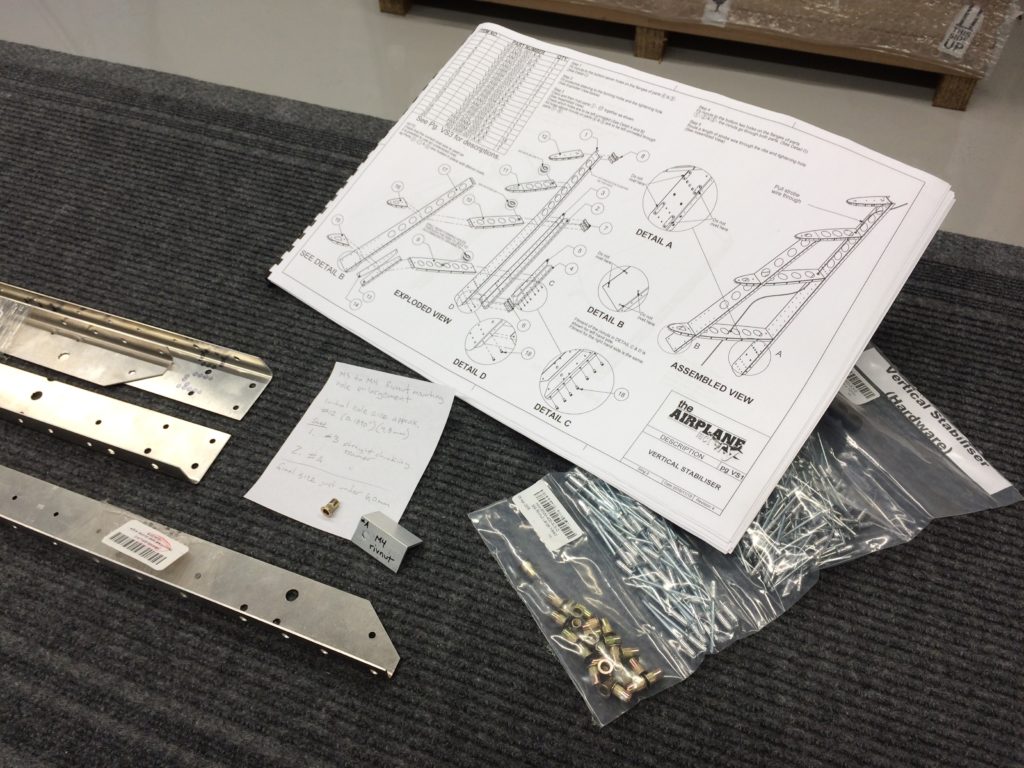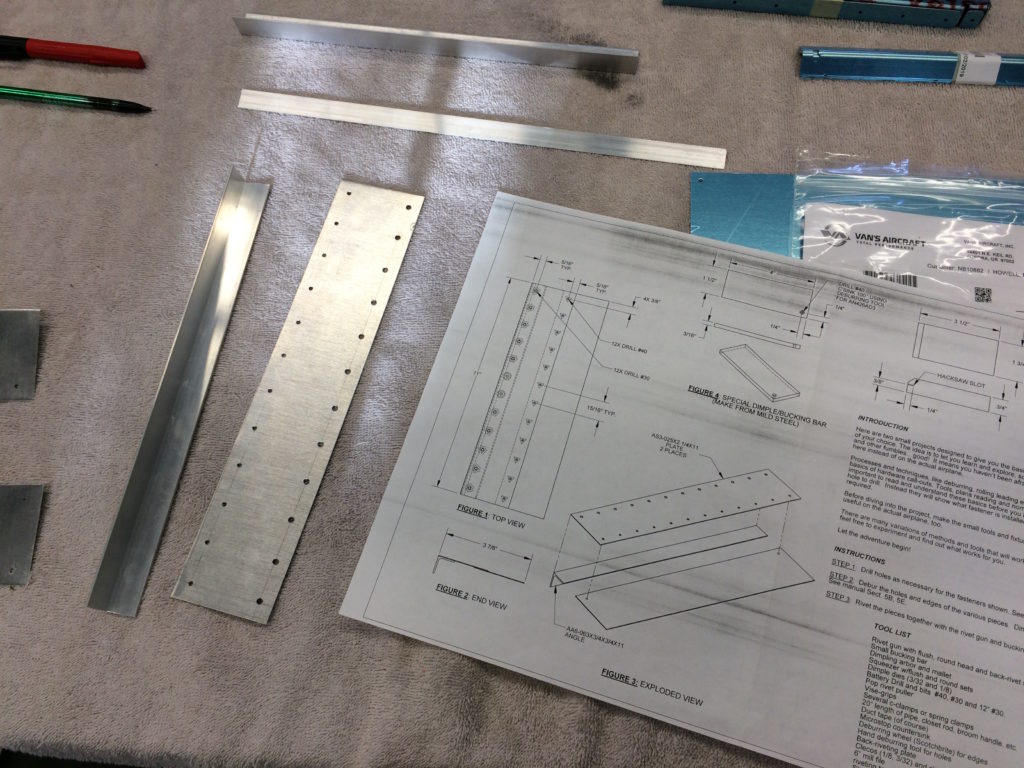Finishing the elevator was accomplished over a period of about 3 weeks. The composite tips needed repeated sessions of fitting, filling, sanding and priming to achieve a satisfactory appearance. The interface between metal and fiberglass part was dramatically improved from what it would have been, had I left the fiberglass parts untouched.
The fiberglass parts were built up, especially around the leading edge, with Poly-Fiber SuperFil epoxy filler to reduce unsightly gaps. It takes a day for the filler to cure before wet sanding with 400 grit 3M paper, followed by Rust-Oleum wet-sandable automotive (rattle can) primer and the better part of another day for that to dry. Patience is the key
Once I was happy with the fit of the tips, it was time to match drill the parts against the holes in the counter balance skins. That was quickly and easily done by hand with my lithium-powered hand drill and a #30 bit. I’d reviewed numerous discussions about how others attached their tips and decided to simply follow the construction manual, using the ordinary 3,2 x 8 mm domed rivets that were supplied with the kit. Done and done.
The elevator tips took a while to complete, but I didn’t get carried away. All-in-all, the results look rather nice – me thinks.


